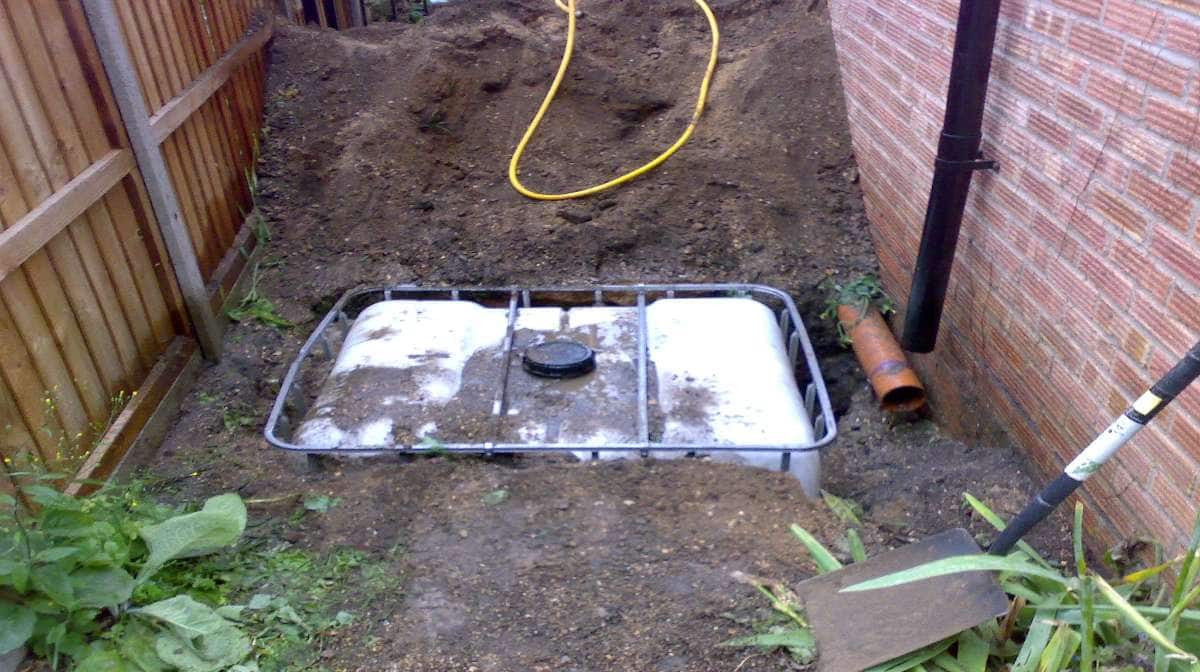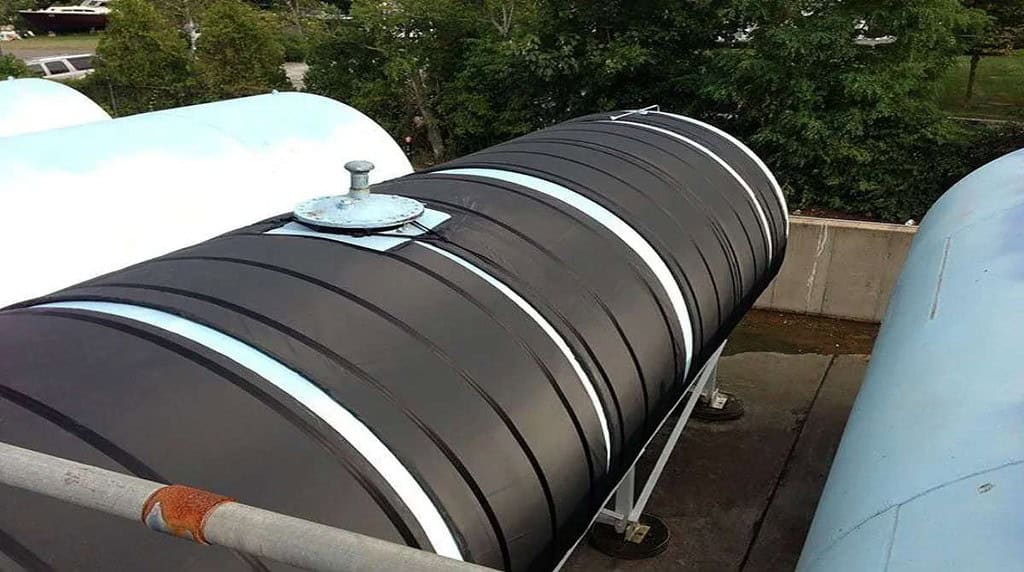
In the world of prepping, keeping water from freezing in freezing temperatures is a significant challenge. Knowing how to prevent water from freezing is crucial when temperatures drop. This guide will provide you with clever ways to keep your water from freezing outside.
The Best Way to Prevent Water from Freezing Outdoors: Thermal Containers
The most effective way to prevent water from freezing outdoors is to use thermal containers. Thermal insulation is essential in low temperatures to keep the water from freezing. Containers made of double-walled stainless steel or vacuum-insulated bottles provide excellent thermal insulation properties. These materials minimize heat transfer, keeping the water at a higher temperature for longer periods.
To enhance the container's ability to maintain warmth, you can add insulating sleeves or use hot packs. Choosing containers with anti-condensation technology or using desiccants to absorb excess moisture prevents condensation in thermal containers. For long-term storage solutions outdoors, insulated coolers offer extended protection against freezing temperatures.
9 Proven Ways To Keep Water From Freezing Outside
1. Using Thermal Containers
To prepare for winter and keep water from freezing outside, thermal containers can help retain heat. Effective container materials, such as double-walled stainless steel or vacuum-insulated bottles, provide excellent thermal insulation properties. These materials minimize heat transfer, keeping the water at a higher temperature for extended periods.
2. Insulating Water Containers
Insulating water containers is crucial to protect them from freezing temperatures. Opt for high thermal resistance materials like foam or fiberglass for insulation. Avoid common mistakes such as using inadequate insulation or leaving gaps in the insulation layers. Bubble wrap or reflective foil can provide additional insulation to your containers.
3. Burying Water Containers Underground
Burying water containers underground utilizes the natural insulating properties of soil to maintain the water's temperature. The surrounding soil acts as a barrier, protecting the containers from extreme cold and fluctuating temperatures. Thawing methods such as heated blankets or pads can be used, or heating elements can be installed into the surrounding soil.
4. Using a Steel Tank
A steel tank provides a durable and reliable solution for maintaining a consistent water temperature underground. Steel tanks offer excellent insulation properties, keeping the water from freezing even in extremely cold conditions. Regular maintenance is required to prevent leaks and the buildup of sediment or bacteria.

5. Placing Water Containers in a Sunny Spot
Positioning water containers in a sunlit area is an effective method for maintaining a consistent temperature and preventing freezing. Solar heating helps keep the water from reaching freezing temperatures. Reflective surfaces like aluminum foil or mirrors can enhance solar heating. Shielding containers from strong winds is vital to prevent rapid cooling.
6. Building a Greenhouse
Building a greenhouse is an effective solution to keep water from freezing outside. Proper ventilation and maintenance ensure optimal temperature and humidity levels. Greenhouse heating systems provide supplemental heat during colder months.
7. Placing Floating Objects to Disrupt Ice Formation
Strategically placing floating objects on bodies of water prevents ice formation. Plastic balls, foam noodles, or empty plastic bottles can be scattered to disrupt the freezing process and inhibit complete freezing. Positioning the objects in areas with high wind exposure or strong currents maximizes their effectiveness.
8. Putting Water Additives
Water additives such as antifreeze agents or salt can lower the freezing point of water. Proper application and following manufacturer's instructions are essential for safe usage.
9. Using Chemical Heat Packs
Chemical heat packs generate heat through chemical reactions, ensuring that water remains unfrozen. Incorporating chemical heat packs helps maintain the desired temperature of the water source.
What to Do If Your Pipes Freeze
If your pipes freeze, take immediate action to prevent further damage. Insulate exterior pipes using foam pipe insulation or heat tape. Thaw frozen pipes by turning off the main water supply and using a hairdryer or heat gun to gently warm the frozen section.
Signs of frozen pipes include no running water, frost on visible pipes, strange smells from faucets, or bulging/cracked pipes. Address poor insulation and drafts near exposed—————————————————————————————————————————————————————————————–
By: thepreppingguide
Title: 9 Proven Ways To Keep Water From Freezing Outside
Sourced From: thepreppingguide.com/how-to-keep-water-from-freezing-outside/
Published Date: Thu, 21 Sep 2023 07:18:59 +0000

